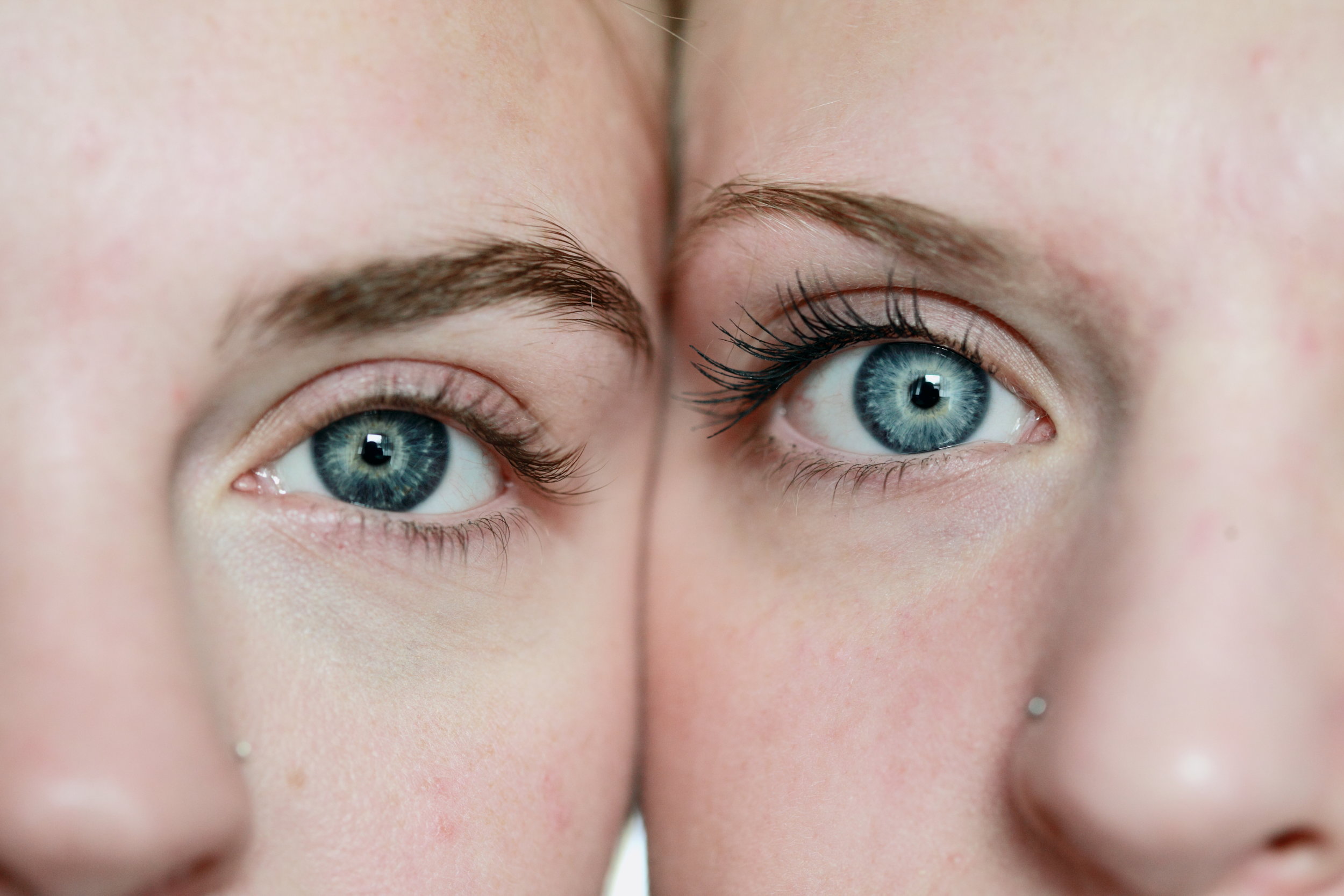What are Primitive reflexes?
We enter this world with neonatal or primitive reflexes. With the purpose of assisting an infant to survive and thrive in their new environment, primitive reflexes are a set of involuntary movements that occur in response to certain stimuli. You will have encountered these when you were last in the presence of a newborn but may not have given them too much thought. Some examples;
Palmar or grasping reflex- a baby will make a strong and persistent grip around an object placed in their palm; with this reflex disappearing around 6 months.
Plantar reflex- when the sole of the foot is stroked the big toe will move upwards and outwards with the other toes also spreading outwards. This reflex may be present up to 2 years.
Spinal Galant reflex- within the first 4-6 months if a baby is stroked along either side of their spine, their body will turn to the same side.
Moro or startle reflex- as the name suggest, when an infant is startled, for instance, by a loud noise, the arms and legs will be thrown outward in response. This reflex usually disappears around 2 months of age, but may persist up to 6 months.
Why do we care about primitive reflexes?
While the reflexes play an important role in our adaptation to the world and in our early brain development, if a baby was to retain these reflexes the maturing of the neurological system may be delayed or disrupted. This may lead to behavioural, physical or learning difficulty as the child grows.
Vision development and primitive reflexes
The remarkable thing about primitive reflexes, is the fact they begin before the baby is even born and actually assist with the birthing process. As the baby continues to grow, they are essential for development of muscle tone and posture, head control and integration of our senses. As the baby develops further these involuntary reflexes are no longer required as they are replaced with more controlled responses as the baby ‘learns’ about the world. With timely integration of the reflexes, development of gross motor skills such as crawling, standing and walking occurs. Followed by fine motor skills of holding a pen, tying shoe laces and then the even more precise muscle control of eye movements and teaming. Thus preparing the child to have the physical ability to be able to learn to read when they start school.
Retained reflexes and behavioural optometry
If the primitive reflexes are not integrated they can get in the way of vision development and learning potential. Some examples of the effects of retained reflexes;
Spinal Galant- Poor concentration, fidgeting, decreased short term memory, attention deficit, discomfort with waistbands and sitting on a chair
Moro reflex- anxiety, emotional immaturity, impulsive, sensitive to noise and sensory overload
Tonic Labyrinth reflex- Letter reversals, difficulty sequencing, motion sickness, toe-walking
Symmetrical Tonic Neck reflex- hyperactivity, poor integration of upper and lower body
Asymmetrical tonic neck reflex- Poor co-ordination, learning disabilities, association with dyslexia
What can we do about retained primitive reflexes?
It is important to revisit the stage of development that may have been disrupted; this may entail for instance teaching a child to crawl again, or being able to ‘cross – pattern’ walk and then gradually building development to an age appropriate level. Behavioural optometrists and some occupational therapists with an interest in this area will be able to assist and create a therapy program to assist the child in maximising their potential!


















